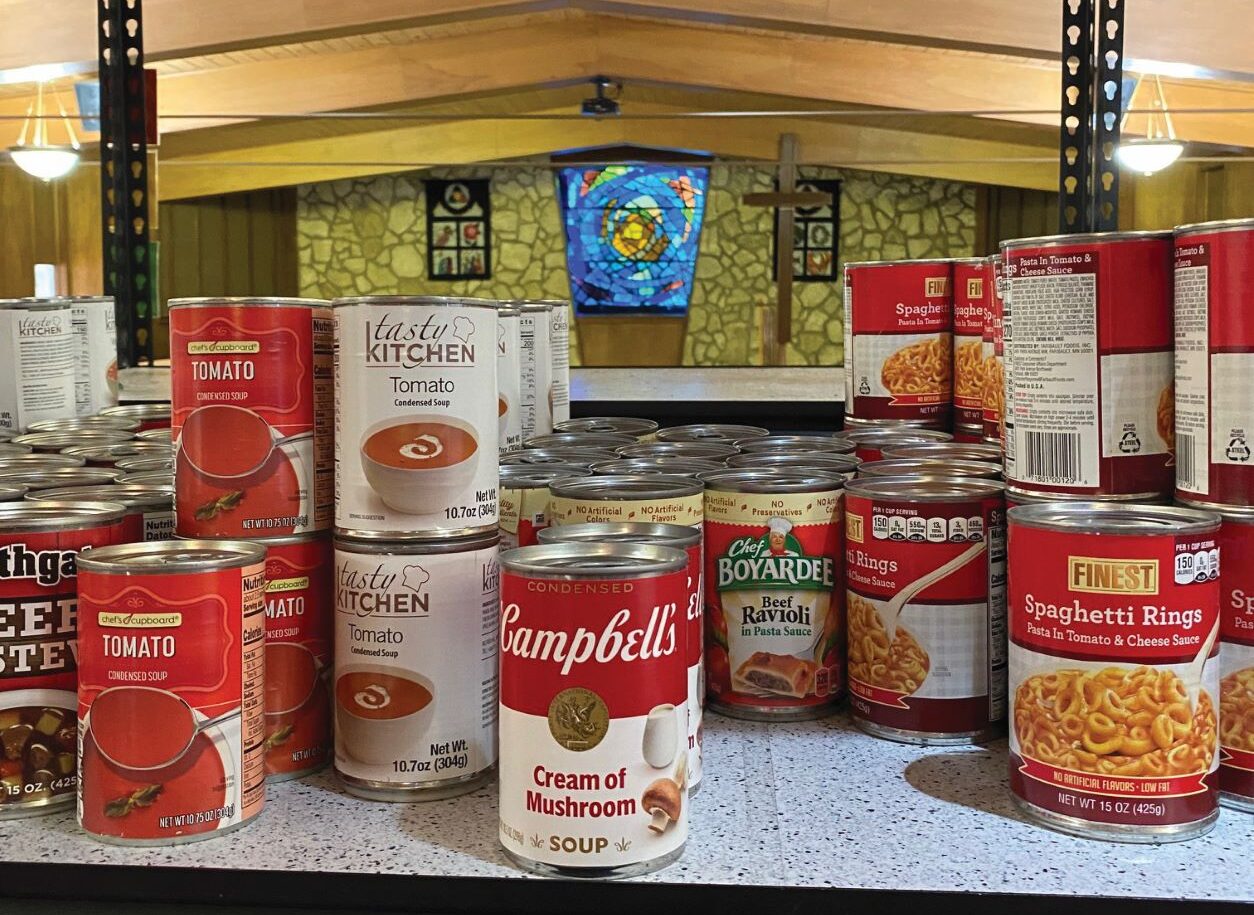Reaching a Turning Point
Reaching a Turning Point
Excerpt from Sacred Spaces, Innovative Places with permission from the Cooperative Baptist Fellowship.
After years of declining attendance, Englewood Baptist Church recognized that it may not be able to continue as a distinct church.
Englewood’s pastor Mark Buhlig began to actively explore the work of area nonprofits. He was interested in ministering to home-insecure people and also thought the church property might be able to house a nonprofit, thereby taking some of the facility burden off the church.
Mark connected with a nonprofit serendipitously named A Turning Point (ATP). ATP offered a clothing closet, food pantry and a certificate program for adults who did not graduate high school.
While ATP was thriving, it was limited by the property it currently occupied. Englewood had an abundance of property and facilities but few funds and people. It was a perfect match!
Pastor Buhlig approached ATP to gauge interest in forming a new partnership. Englewood’s desire to address community homelessness and ATP’s interest in the same need provided an initial project for collaboration. Collaborating on the homeless ministry provided the two entities a chance to get to know each other and build trust. Their combined work was a success.
This slow and intentional shared work paved the way for a deeper look at life together. After much conversation and reflection, ATP moved to Englewood’s property and became the primary occupant. The church gifted ATP majority use of the property. The nonprofit doesn’t pay rent but is responsible for utility bills and any necessary maintenance and renovations. Englewood still has its name on the deed and retains access to the space it needs to be church.
ATP and Englewood offer a fascinating example of partnering in shared spaces. ATP has the property it needs without the price tag of purchasing a piece of real estate. Englewood found new life through no longer having to worry about utilities and building expenses. It is a win-win for both groups.
Benefits & Challenges
The unique relationship between ATP and Englewood has been transformative for both communities in expected and unexpected ways.
For ATP, relocation encouraged their board to dream and refocus as considering relocation required a lot of conversation, prayer, and thought. Once on site, ATP also benefited from friendships with church congregants.
The relationship has also been transformational for Englewood. Finances were freed up for ministry and faith was deepened. The church has expanded its community outreach and the church house has been brought back to life.
It is not quite accurate, however, to say this transition has been all smooth sailing. These types of major changes take time and in this case the transition was a three-year process that is still evolving. To bring such an idea to fruition takes dedication, resilience, and patience. Community leaders in the neighborhood struggled to understand the transition and new function of the property which led to several meetings with government leaders and other community.
Lessons Learned
Englewood and ATP leadership offer three suggestions to those interested in a similar path.
First, have clear guidelines provided in writing that both groups agree to follow. Everyone must be on the same page and clearly know what is expected of the other. Otherwise, misunderstandings are inevitable.
Second, make sure the merging groups are ready to be a part of each other’s lives. Englewood and ATP intentionally interact with each other. A church member is on the ATP board. ATP leadership visit and lead worship at Englewood periodically.
Third, the church must willing to giving up control of how the space is re-allocated. For instance, ATP determined that the best location for its food pantry was the sanctuary, which would simultaneously continue to serve as Englewood’s worship space. In the end, the congregation supported the idea and now celebrate that the sanctuary is a place where people come daily for all sorts of nourishment.
In the end, this story paints a vivid picture of what is possible for a declining yet vital congregation. Churches like Englewood and this partnership model exemplify that there are creative ways to breathe new life into both a community of faith and its facilities.
This story is part of Lake Institute’s story collection, the Faithful Generosity Story Shelf, which highlights congregations and other religious organizations who have sought to use their assets and resources in creative—and sometimes surprising—ways as an expression of faithful giving.
Each entry in our Story Shelf is short enough to be read and discussed during a committee meeting or other group gathering. Our hope is that these accessible vignettes will spark new questions, conversation, and imagination among clergy and laity about what might be possible with the funds, buildings, land, and other resources in their care. If you know a story that should be included in the Story Shelf, suggest it here.
Subscribe
Insights, a bi-weekly e-newsletter, is a resource for the religious community and fundraisers of faith-based organizations that provides:
- Reflections on important developments in the field of faith and giving
- Recommended books, studies and articles
- Upcoming Lake Institute events

